Atriplex hortensis (Garden Orache) - photos and description
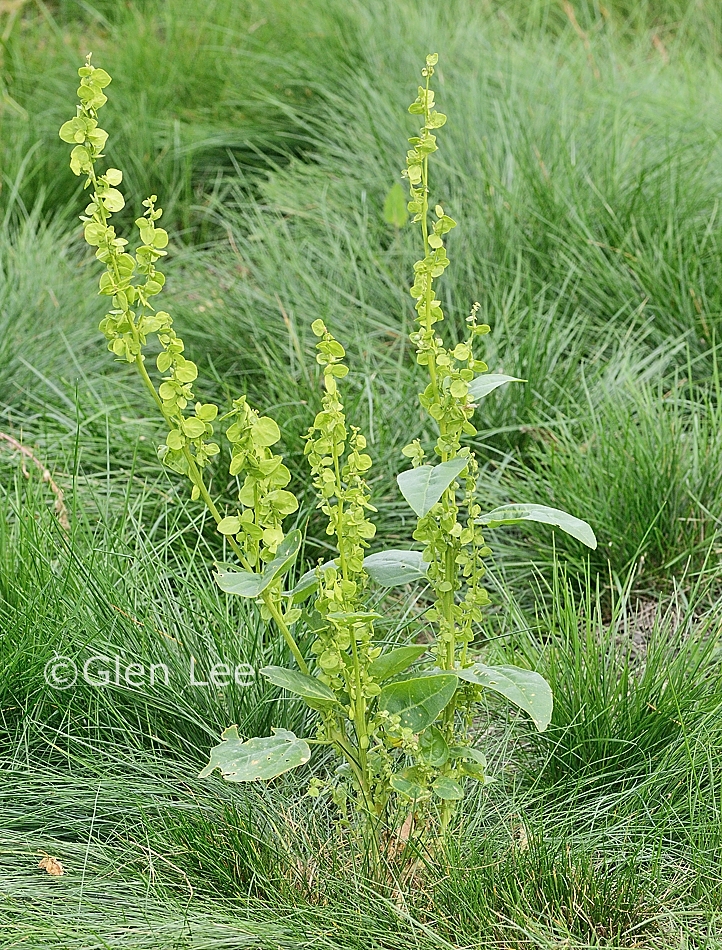
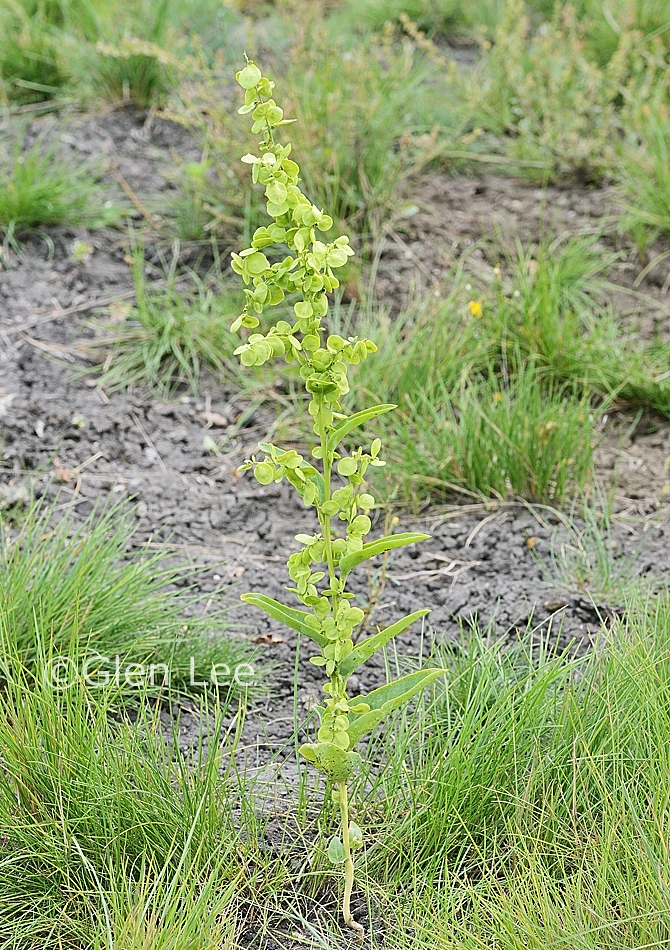
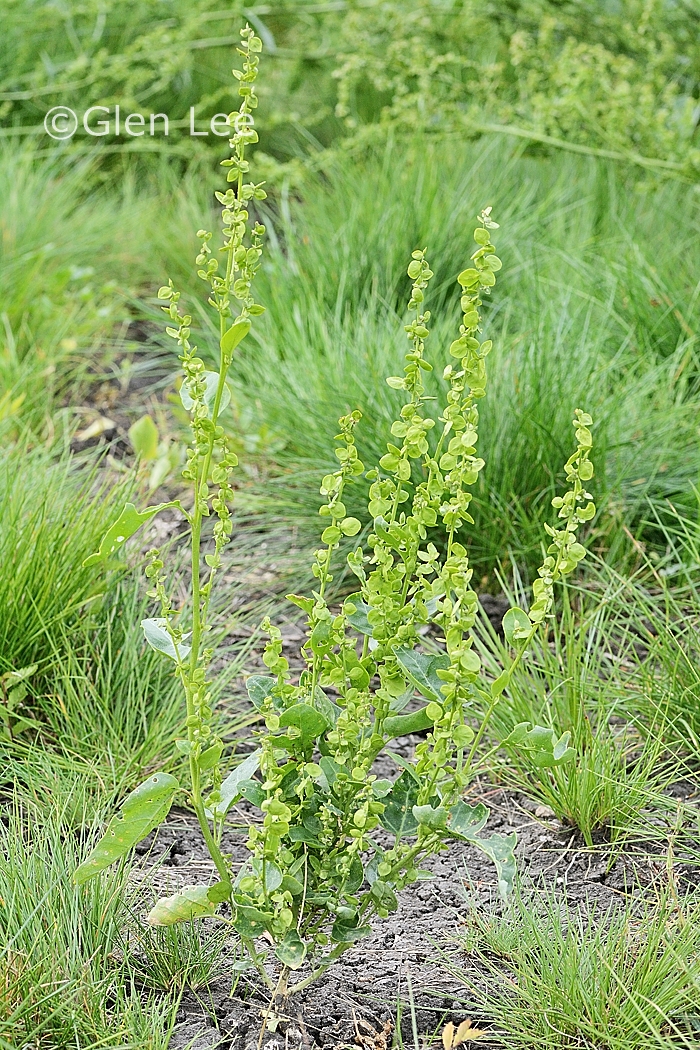
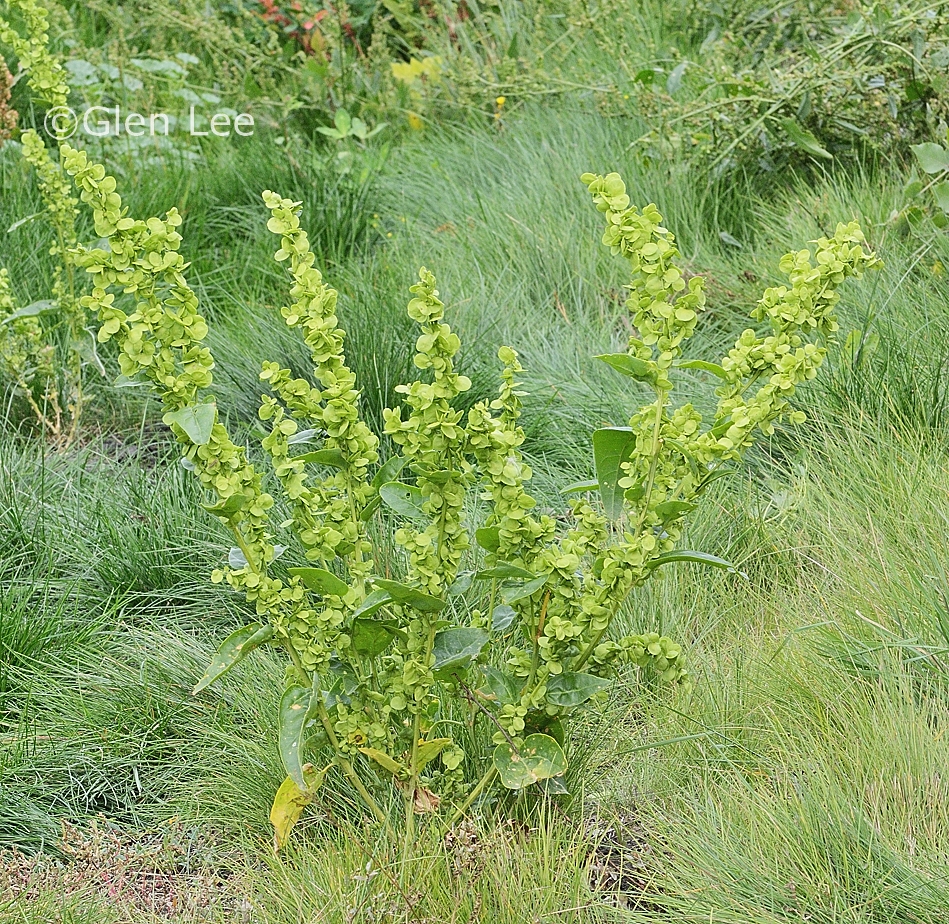
Two plants growing next to one another in above photo
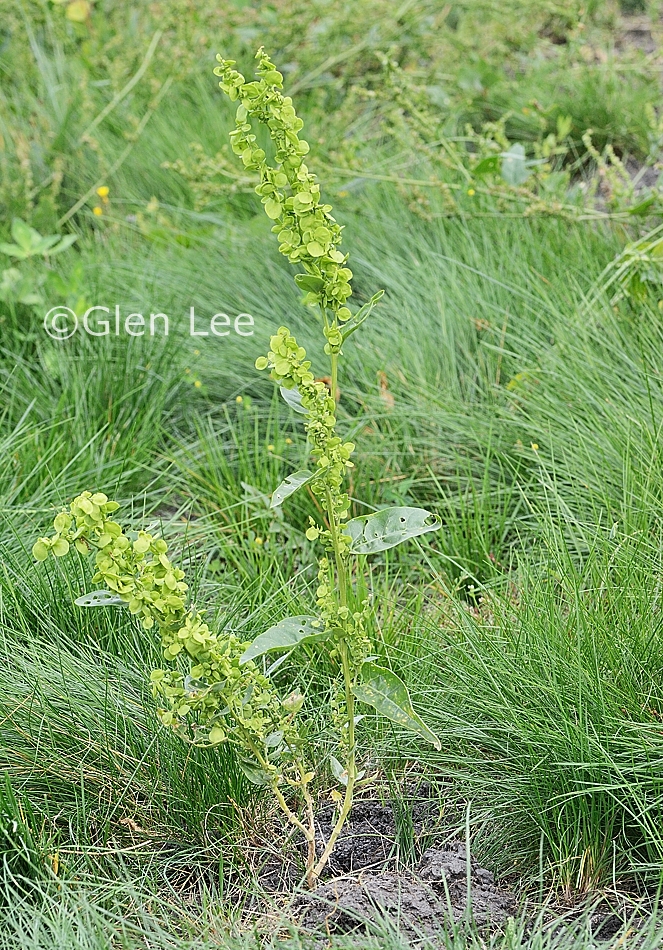
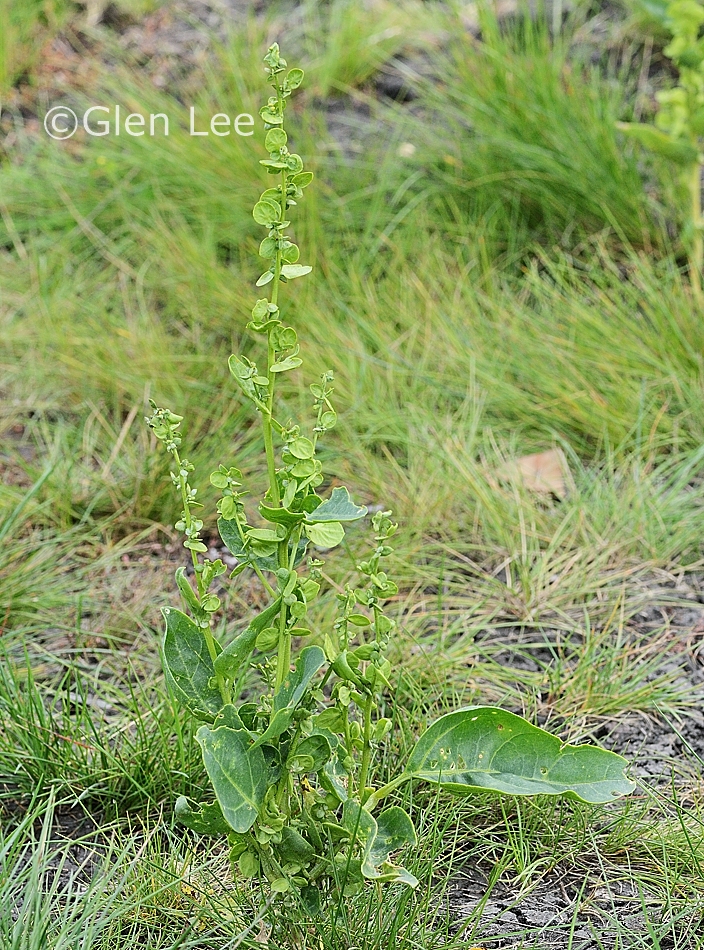
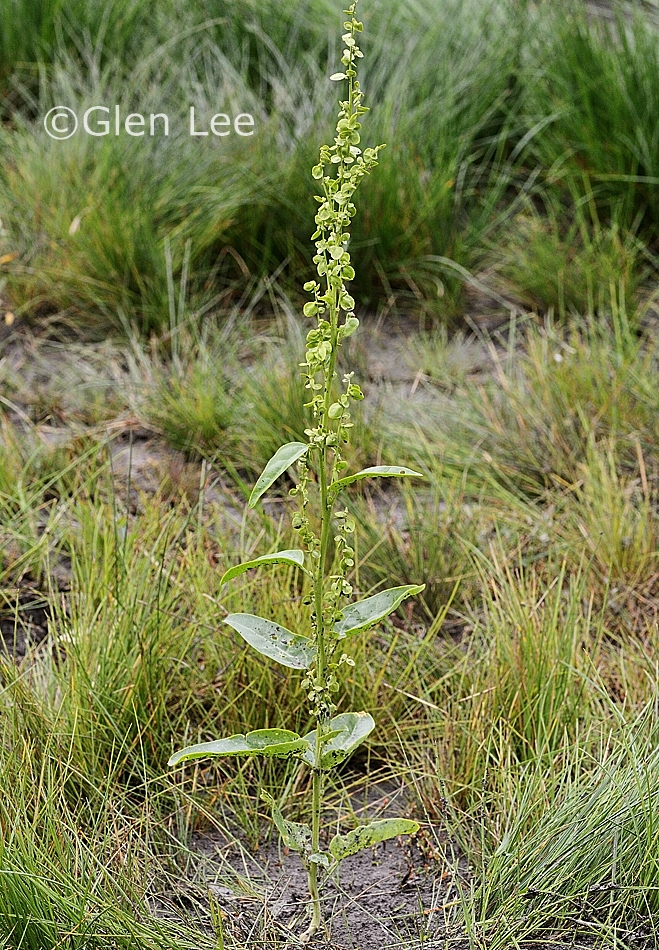

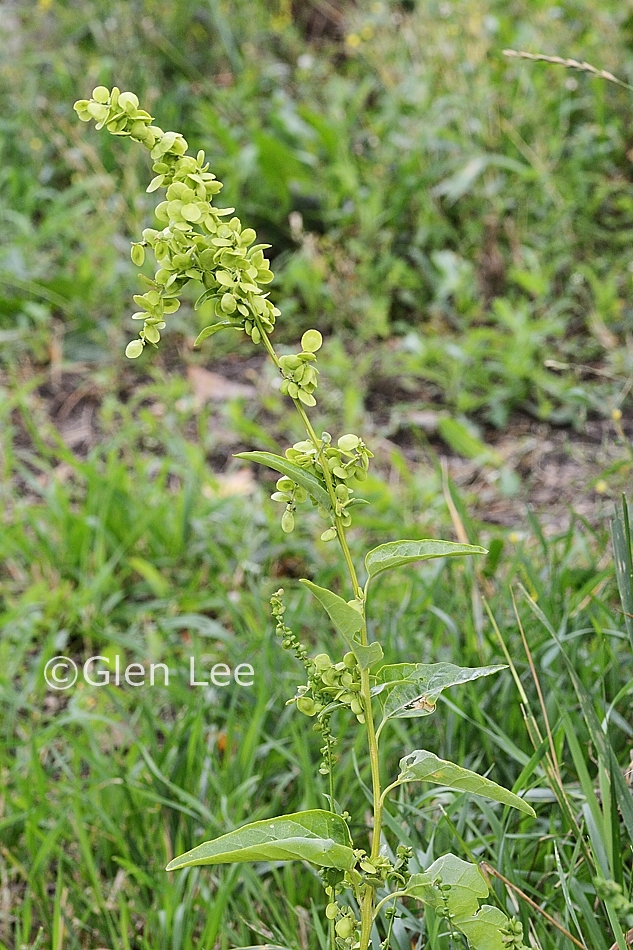
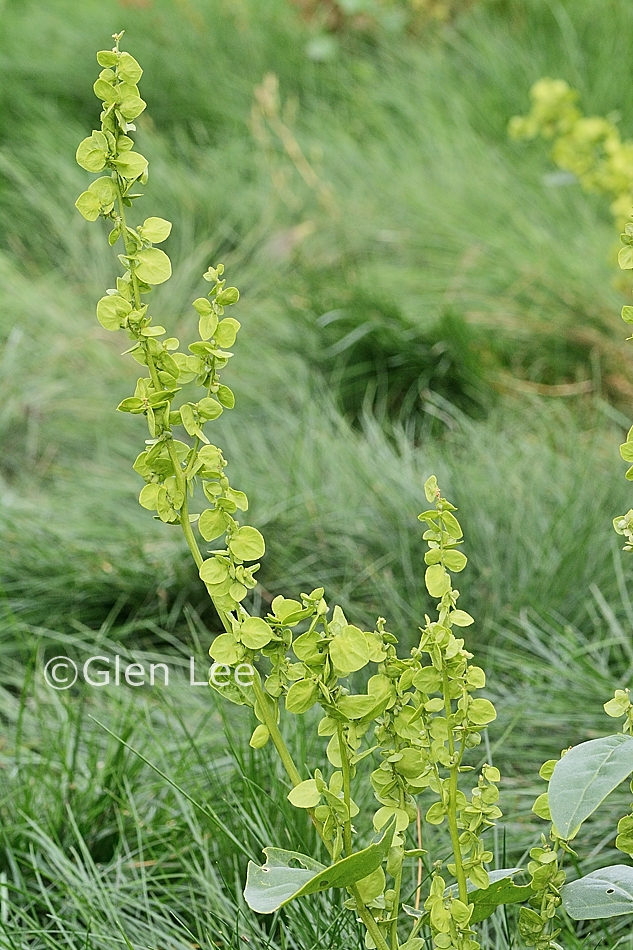
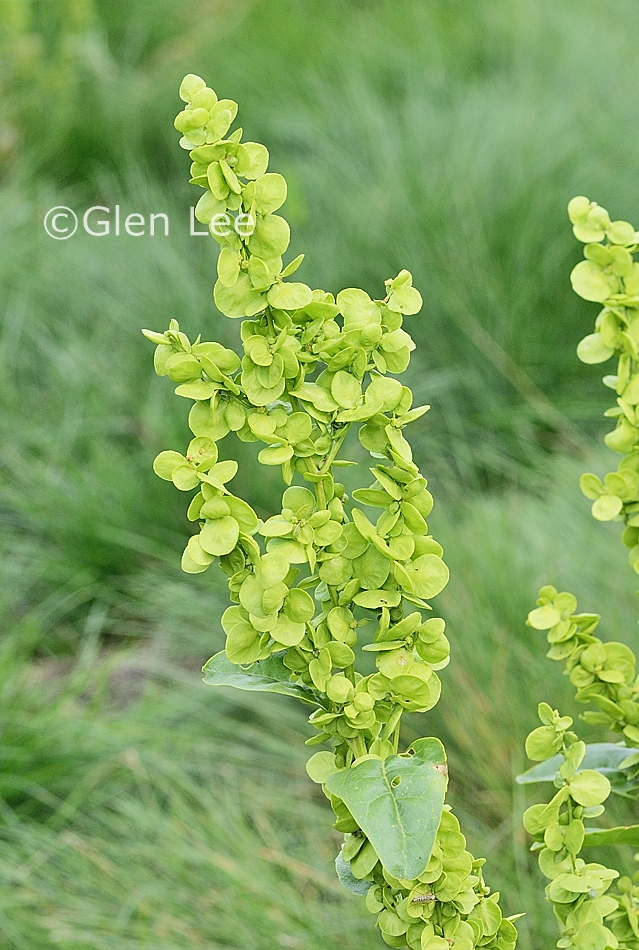
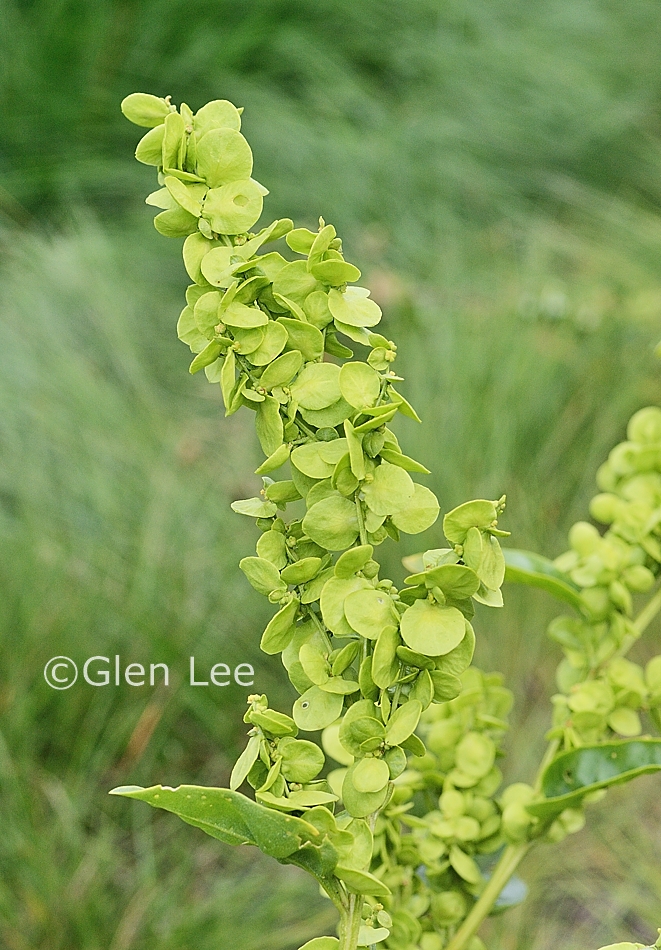
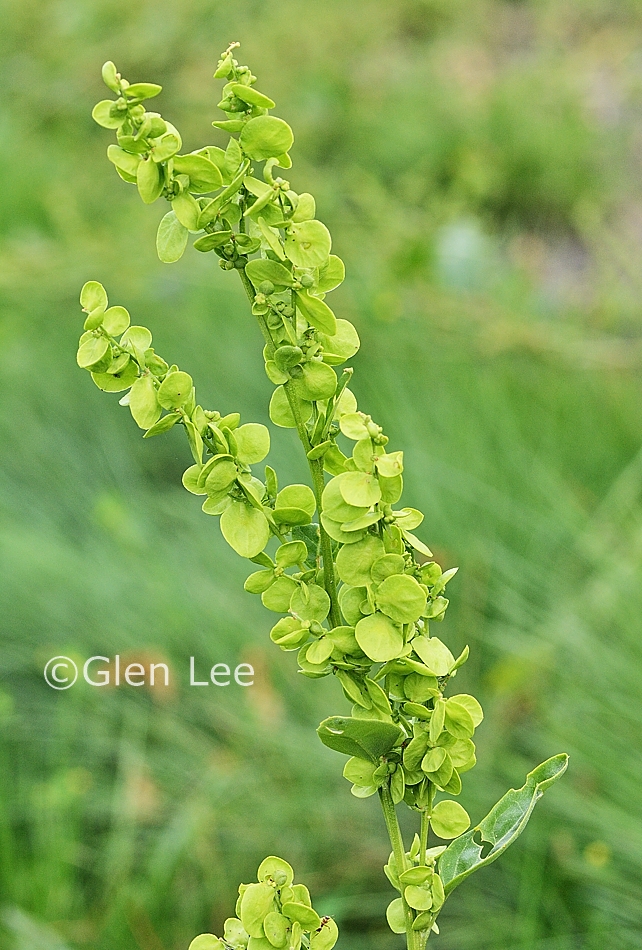
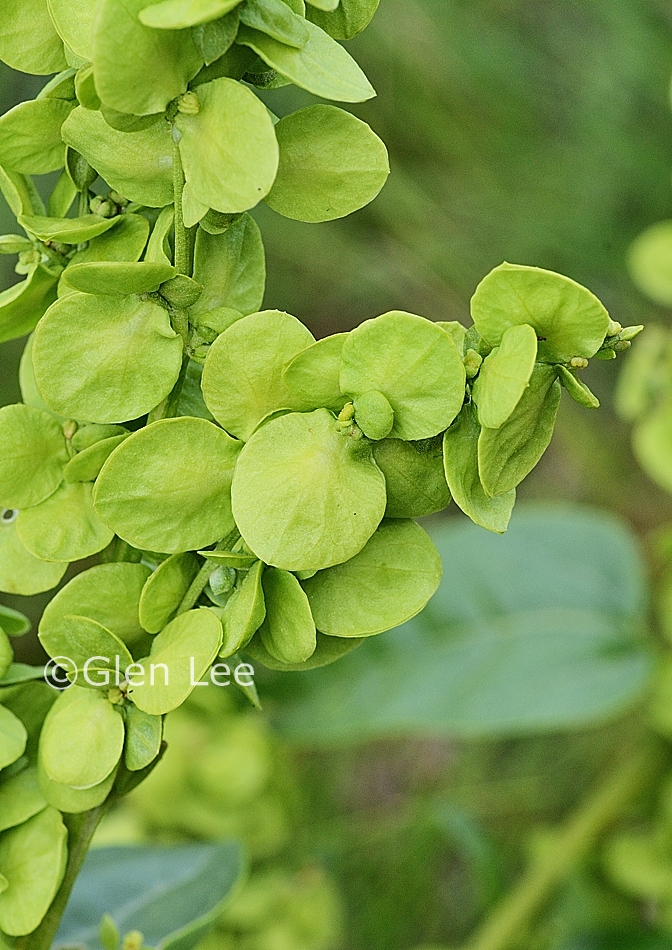
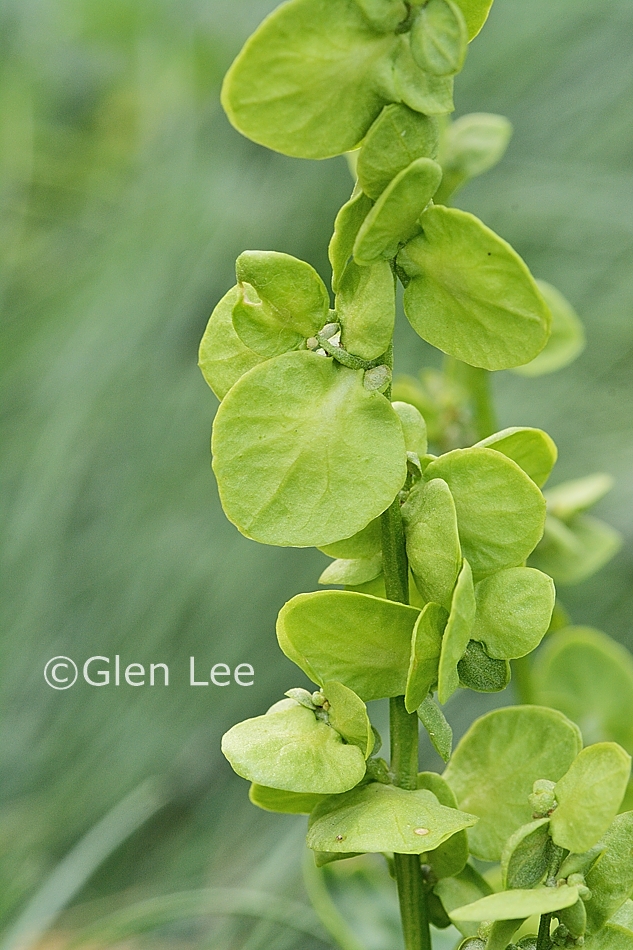
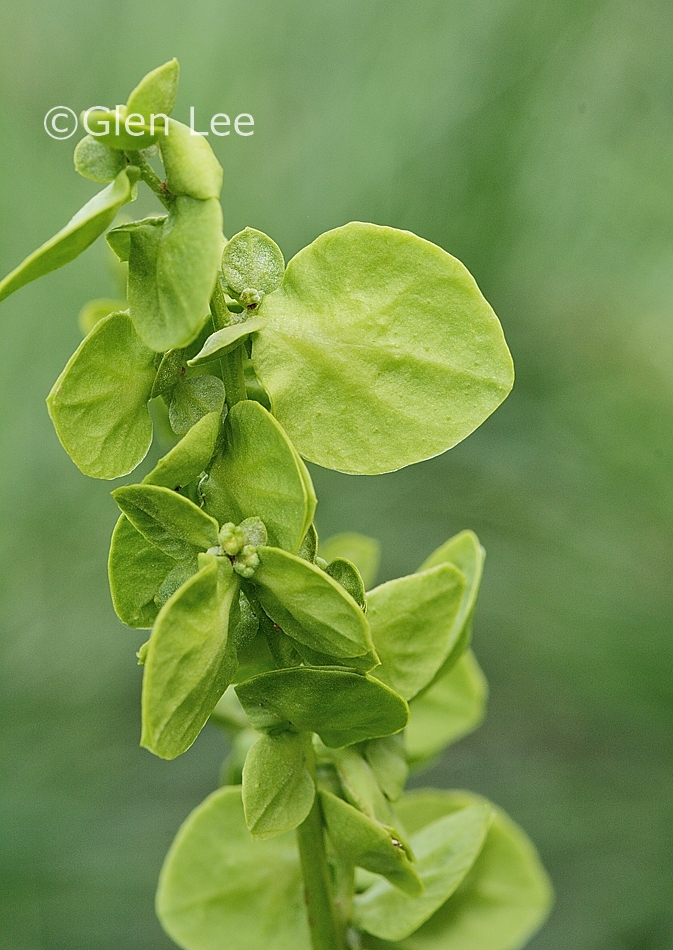
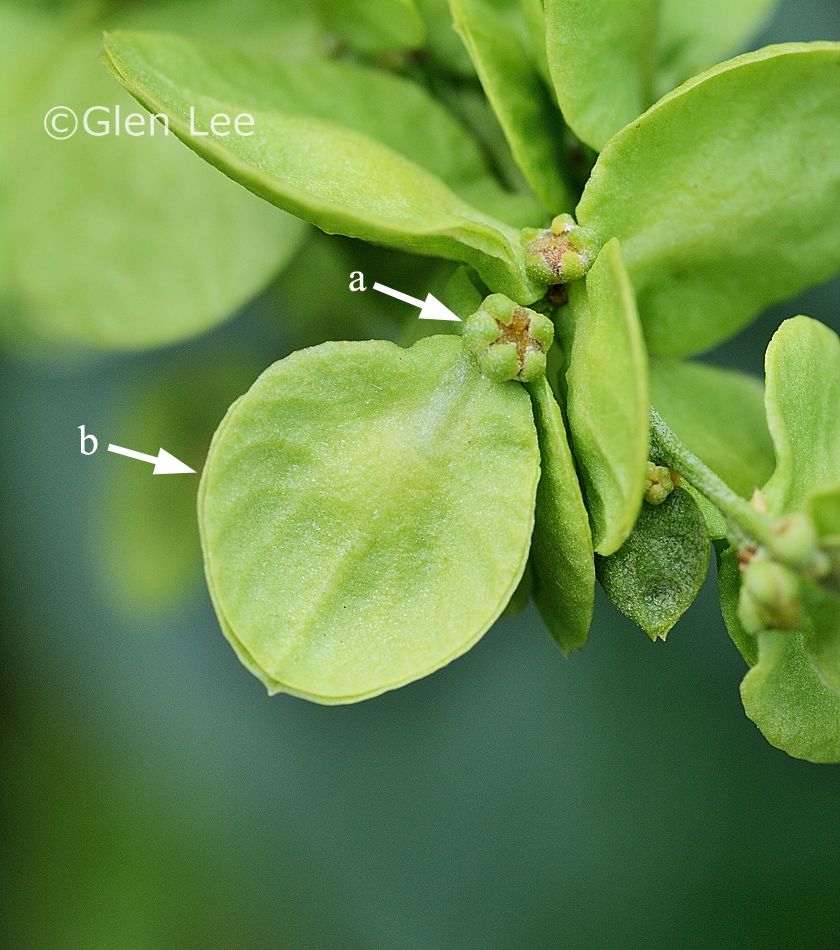
Two types of fertilized flowers: a - without bracteoles;
b - with bracteoles
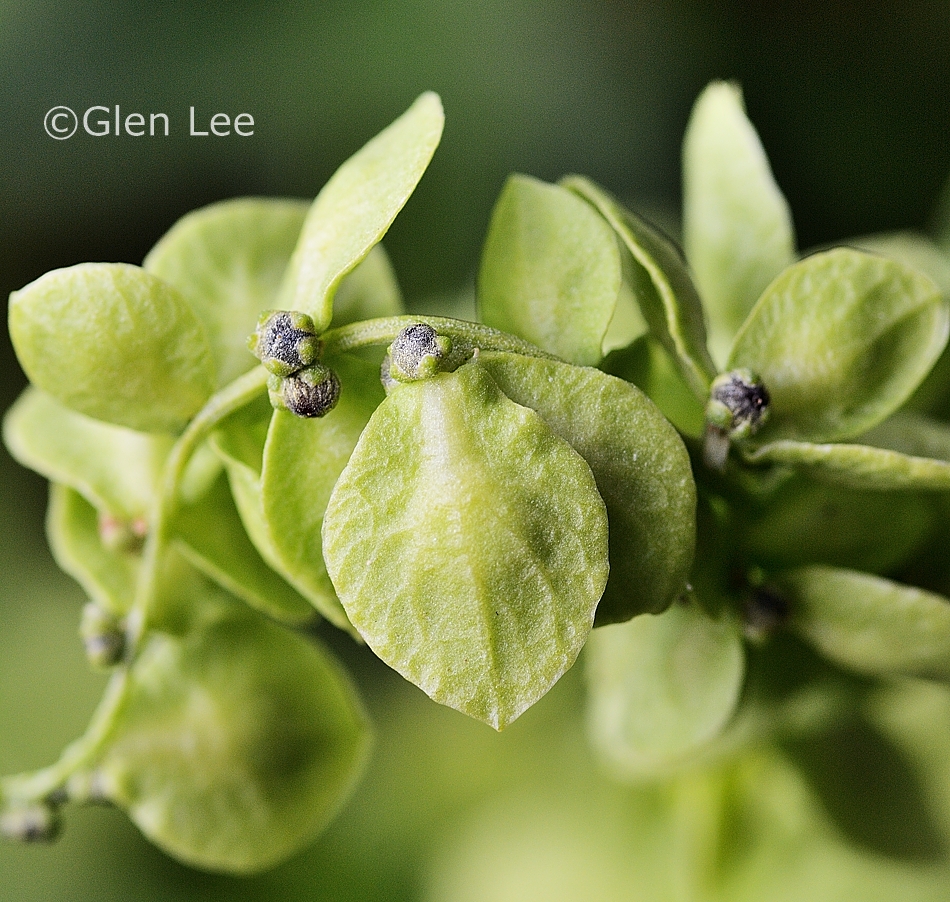
Two types of fertilized flowers in above photo
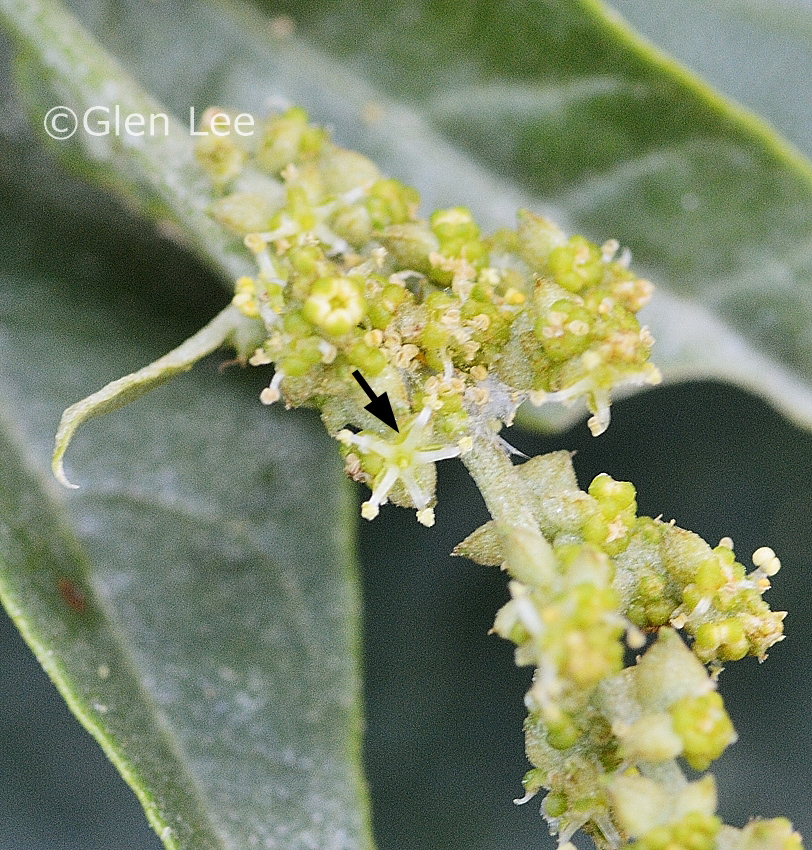
Arrow pointing to male flower in above photo
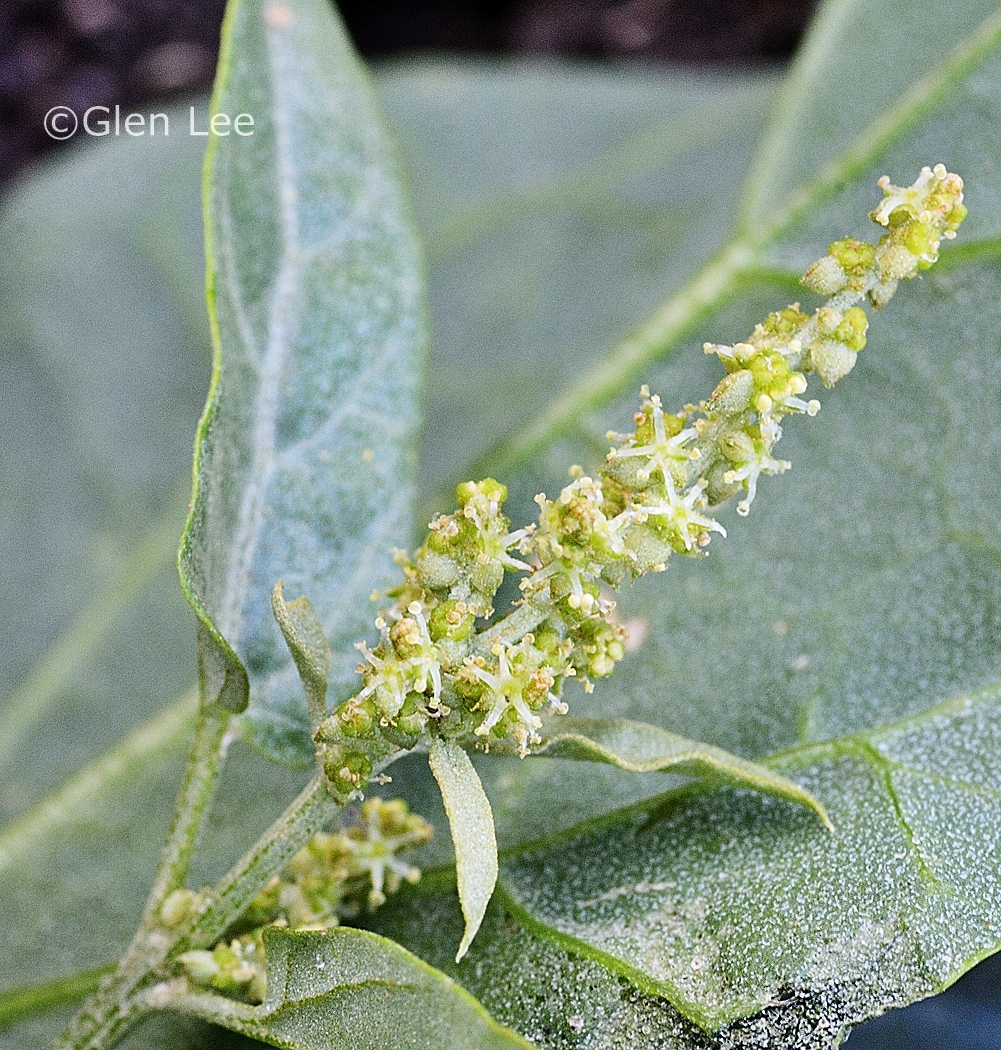
Many male flowers in above photo
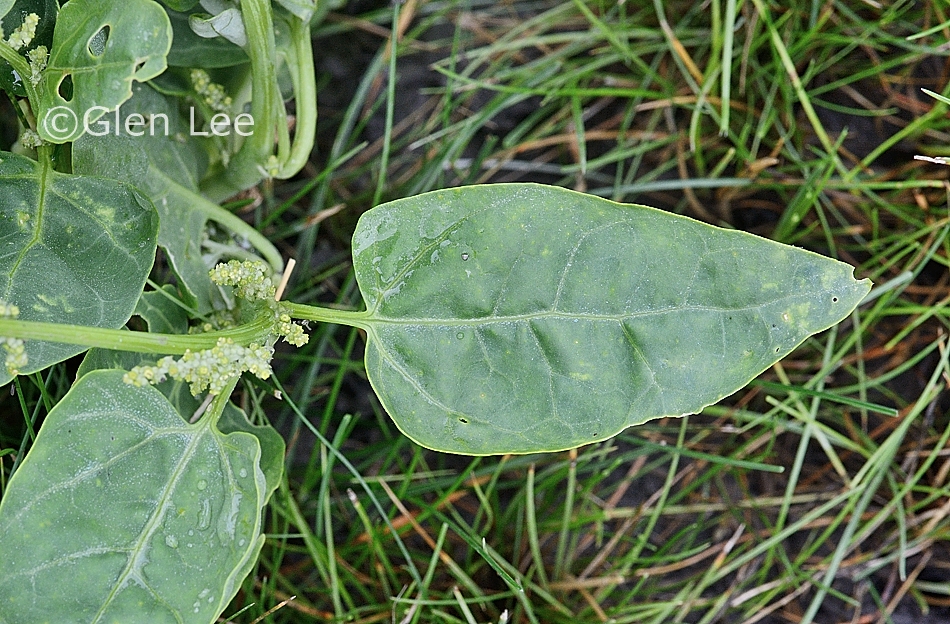
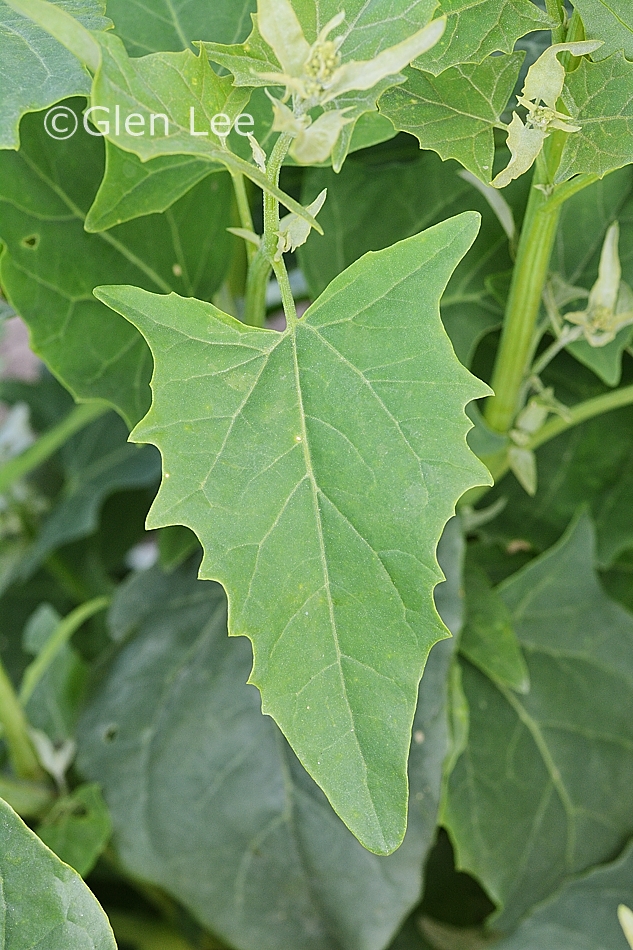
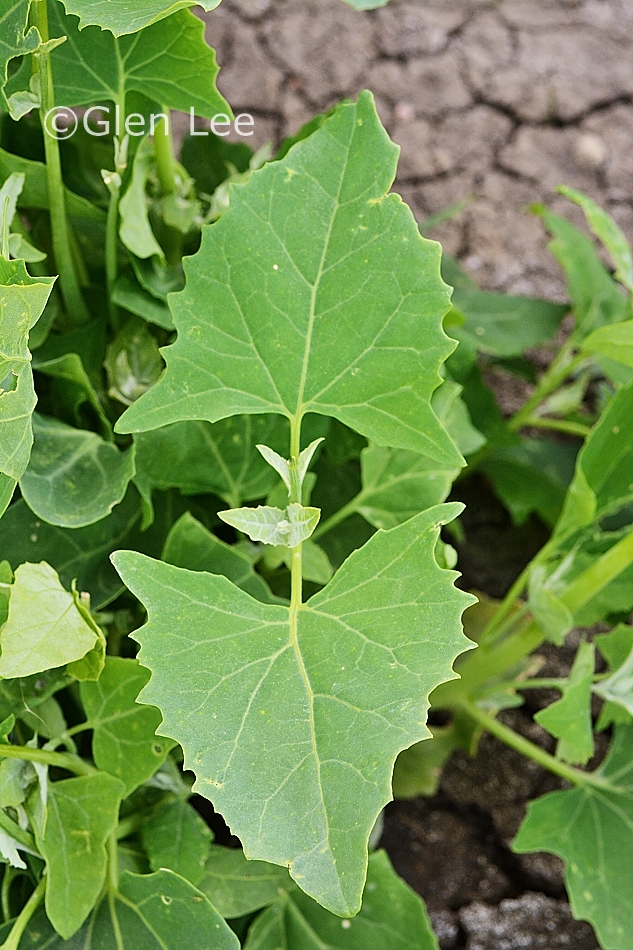
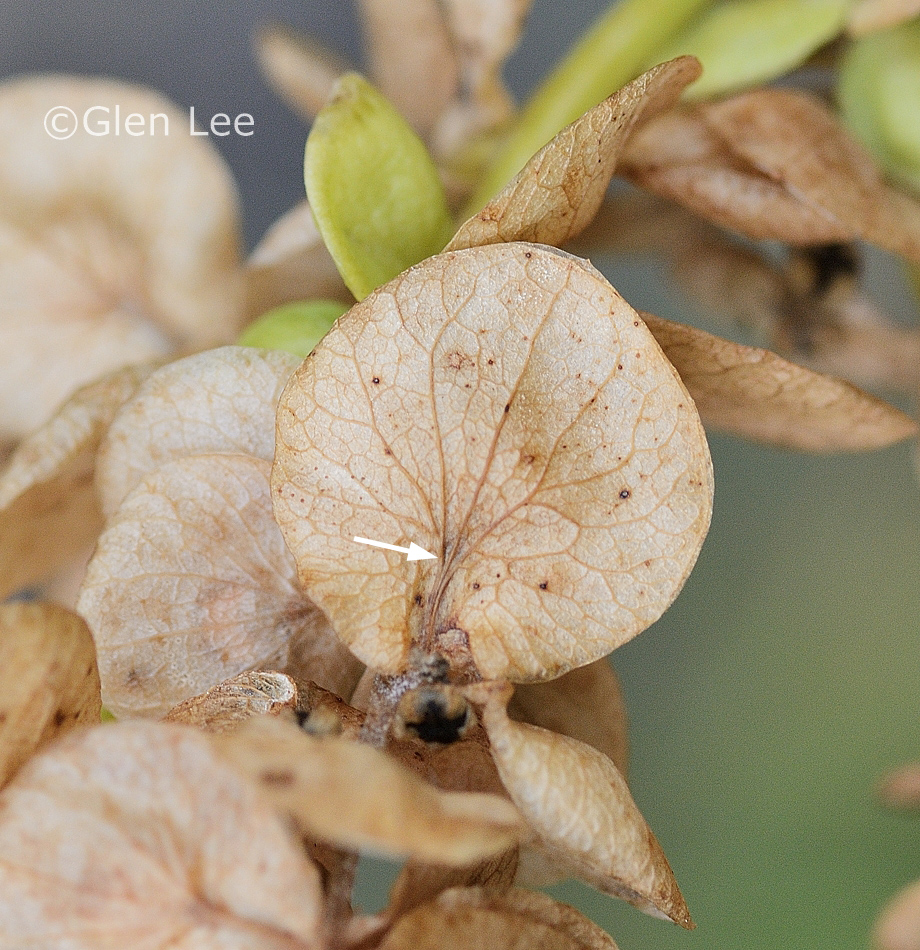
Bracteole September 27th, it's now apparent the veins merge near the
middle of the bracteole
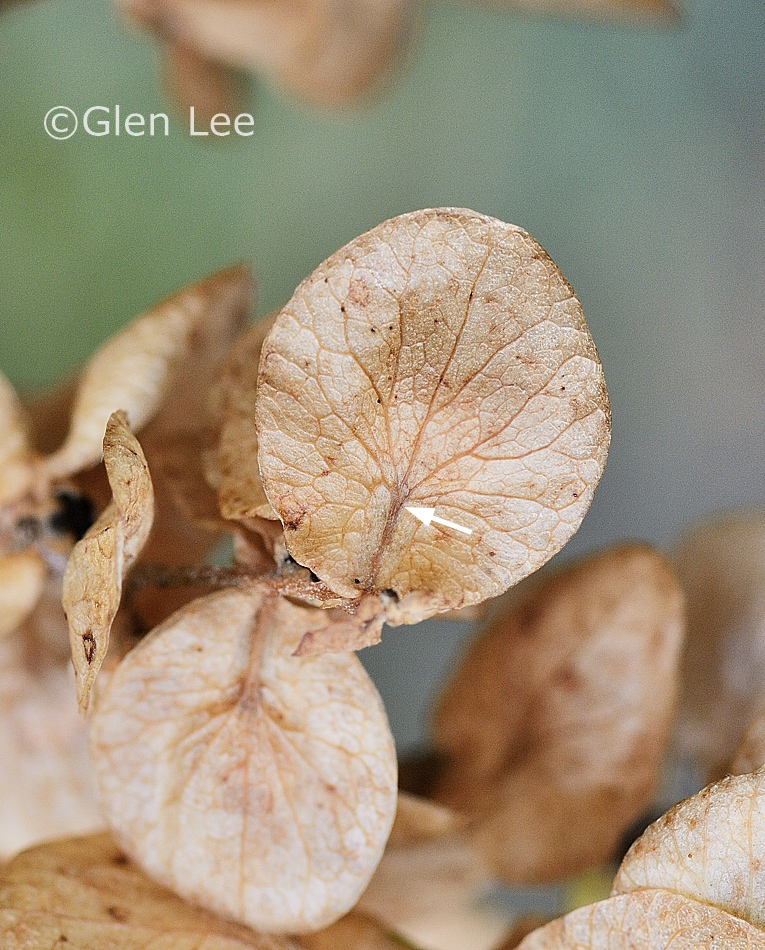
Origin: Introduced.
General: Annual plants with an erect or spreading growth habit. Stems angled. Foliage is glabrous to scurfy.
Flowers: Inflorescence are axillary and terminal glomerules. Male flowers are five-parted, very small 2 mm in diameter. Female flowers of two types. One type has a five-parted calyx and no bracteoles. The other type has the female flower subtended by two bracteoles of various sizes - the bracteoles are large and round in profile. We measured a large bracteole at 19 mm long by 18 mm wide, and a more typical-sized bracteole was 12 mm long by 10 mm wide.
Leaves: Lower leaves opposite, upper leaves alternate. Leaves in a variety of shapes: from oblanceolate with a truncate base, with entire margins and a rounded apex; to ovate with a hastate base, wavy margins and a more acute apex. We measured a large leaf at 13.5 cm long by 11.5 cm wide.
Height: Height is listed in Budd's Flora to 120 cm, we measured plants to 235 cm tall (7 ft 8 in).
Habitat: Disturbed soil around towns and cities.
Abundance: Common.
How to identify this species of Atriplex: 1) Bracteoles round and large - with many bracteoles measuring 10 mm long. Note in our experience the bracteoles grew larger as the summer went on - larger in September than in August. 2) Two types of female flowers: one type has a five-parted calyx and no bracteoles, the other type has the female flower subtended by two bracteoles of various sizes 3) (apparent in late September) veins of the bracteole merge in the centre of the bracteole. Similar species A. micrantha has bracteoles with veins which merge at the base of the bracteoles. This characteristic is not apparent until the bracteoles are mature and dried out.
When and where photographed: Took the above photos on August 23rd and September 7th, and September 27th, Wascana Park, in Regina, SK, and September 8th, on disturbed soil near a storm channel in southeast Regina, SK.